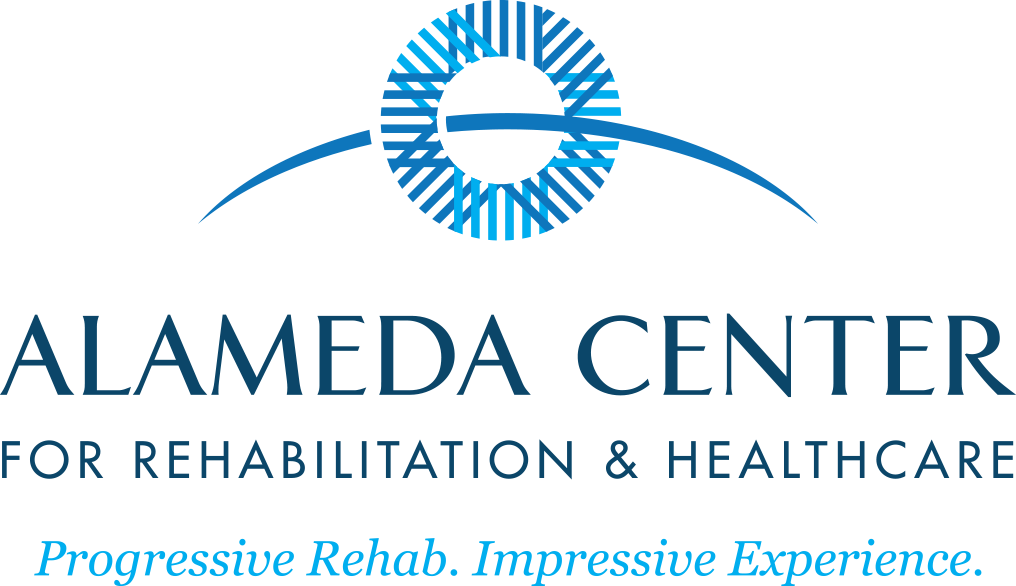Medicaid Expansion Increases Emergency Room Visits
Everyone wants all people to have access to quality healthcare, whatever political affiliation they espouse and where they fall on the economic spectrum. The question that plagues us all, and causes division, is how to achieve that. Medicaid is meant to help people on the lower scale of income to receive quality healthcare.
What is Medicaid expansion?
Medicaid expansion is a provision under the Affordable Care Act, otherwise known as Obamacare, that provides federal funding to states to increase the amount of people who are eligible for the program. It basically lowers the income threshold necessary for someone to qualify . Since its inception, 36 states have accepted it into their existing programs, including New Jersey, and 10 million people have become eligible as beneficiaries who previously weren’t. There are 13 states that have decided against it or are still deciding, mostly concentrated in the South.
The benefits of Medicaid expansion
That’s easy – more Americans have health insurance coverage. As of now, there are still almost 2 million Americans who don’t have any access to health insurance coverage, because they don’t qualify for the income cutoff under the current limits, yet have too many other expenses and not enough income to cover health insurance. The federal government supplies most of the funding for the program through the Affordable Care Act, so the States don’t lose financially
The Potential pitfalls of Medicaid expansion
Health economists from the Brookings Institute researched the effects of the expansion and had some interesting findings. Their report showed that many people are using the emergency room for non-urgent health conditions since the beginning of Medicaid expansion.
Hospitals can’t refuse emergency department visits to anyone, even those who don’t have insurance. However, they can afterwards bill these patients, and can pursue payment under legal means.
In general, patients who don’t have insurance are reluctant to use the emergency room for this reason, except for truly emergent care. What the report found is that emergency room sue among people who got Medicaid under the expansion is up 20%. This is likely due to the fact that they’re covered 100% for the treatment under Medicaid.
How to fix the problem
The report also showed that there were large differences in emergency room use for different states. This seems to be related to how the state is marketing the program and explaining its use to the new beneficiaries.
Initially, it was expected that Medicaid expansion would lower emergency room visits, since patients now had access to healthcare clinics and doctors that they otherwise couldn’t afford. However, the numbers suggest that these patients are not taking advantage of the doctors offices or urgent care clinics as much as they should be, visits that cost Medicaid less money than a trip to the emergency room.
The authors of the study suggest that Medicaid expansion should be targeted toward those who have specific healthcare needs rather than a solely income-based system. They note that even in states that have not opted into Medicaid expansion, patients at low income levels purchase insurance coverage based on need.
At the Alameda Center, we work with Medicaid to provide our patients a quality healthcare experience.
